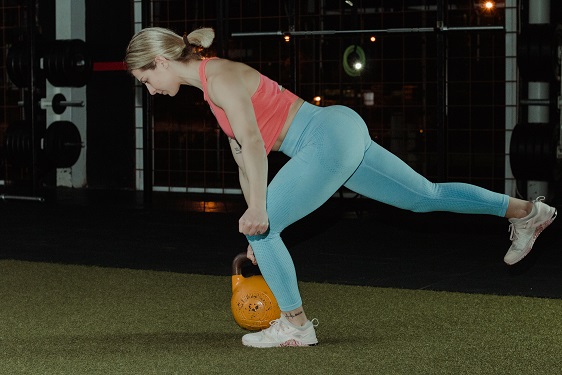Unilateral training refers to working one limb at a time (single leg or single arm movement). Although bilateral exercises are important for strength development, unilateral exercises should also be included in any program. The goal of a training program is to keep differences between the right and left limbs as small as possible in order to reduce the possibility of injury.
Unilateral exercises help eliminate side to side muscle imbalances, promote symmetry and minimize size differences between your dominant and non-dominant side. Changing the training stimulus with the inclusion of unilateral exercises may enhance recovery and reduce overuse injury risk (Jones et al. 2012).
Unilateral exercises help you work all planes of motion through one movement. For example, in an opposite arm leg shoulder press (contralateral exercise) you are working on the sagittal plane while resisting movement to both frontal (resisting lateral lumbar flexion) and transverse (resisting lateral trunk rotation) planes of motion.
A further advantage of unilateral training is the disruption in balance placed on the body resulting in higher activity of the core muscles to offset the imbalance. A study by Behm and Leonard et al, (2015), found that a unilateral shoulder press produced greater activation of the back stabilizers and the unilateral chest press resulted in higher activation of all trunk stabilizers when compared with bilateral press.
Finally our athletic or daily activities rarely require bilateral movement. For example, kicking a soccer ball is a unilateral movement; balancing on one leg while the other applies force. Walking and running are also unilateral movements.
My advice: Try to incorporate both unilateral and bilateral exercises in your training!
